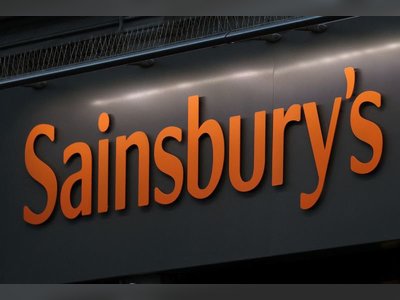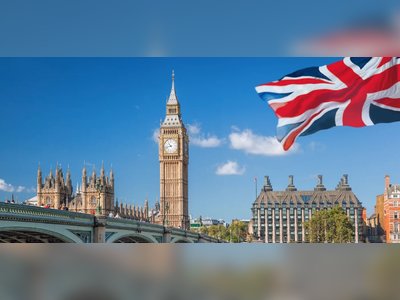
UK plans streamlined post-Brexit border checks
Britain has set out plans to simplify and speed up post-Brexit border checks after repeated delays that the government previously blamed on the COVID-19 pandemic and then the war in Ukraine.
The new model announced on Wednesday will be backed by more than 1 billion pounds ($1.25 billion) in spending and will cut the need for physical checks "for many types of goods", a government statement said, adding that required checks will take place away from ports to prevent delays at the border.
Britain, which left the EU's single market in January 2021, has delayed full implementation of border controls on several occasions because of worries about port disruption and COVID-19, and more recently the risk of adding to a cost-of-living crisis.
"The Border Target Operating Model ... sets out a new model for importing goods into the UK from countries inside and outside the EU (the European Union)," the government said in the introduction to the draft proposals.
"It will move us closer to our goal of creating the most effective border in the world, by introducing an improved regime of sanitary, phytosanitary and security controls on imports."
The government proposals include a new "single trade window" under which traders need only submit information once and in one place, which is expected to be fully operational by 2027.
Arrangements for goods moving into Northern Ireland from Great Britain will follow the deal Prime Minister Rishi Sunak struck with the EU in February on post-Brexit trade rules for the region, the government said.
It added that none of the additional checks or controls set out in the new model will apply to imports into Northern Ireland from the EU, providing Northern Ireland traders with full access to the single market.
The government said it will continue to work with traders, ports, port health officials, logistics, transport and technology companies on implementation of the new model.
It plans to publish the final version by the end of the year after the six-week engagement period.
($1 = 0.8024 pounds)
Britain, which left the EU's single market in January 2021, has delayed full implementation of border controls on several occasions because of worries about port disruption and COVID-19, and more recently the risk of adding to a cost-of-living crisis.
"The Border Target Operating Model ... sets out a new model for importing goods into the UK from countries inside and outside the EU (the European Union)," the government said in the introduction to the draft proposals.
"It will move us closer to our goal of creating the most effective border in the world, by introducing an improved regime of sanitary, phytosanitary and security controls on imports."
The government proposals include a new "single trade window" under which traders need only submit information once and in one place, which is expected to be fully operational by 2027.
Arrangements for goods moving into Northern Ireland from Great Britain will follow the deal Prime Minister Rishi Sunak struck with the EU in February on post-Brexit trade rules for the region, the government said.
It added that none of the additional checks or controls set out in the new model will apply to imports into Northern Ireland from the EU, providing Northern Ireland traders with full access to the single market.
The government said it will continue to work with traders, ports, port health officials, logistics, transport and technology companies on implementation of the new model.
It plans to publish the final version by the end of the year after the six-week engagement period.
($1 = 0.8024 pounds)










